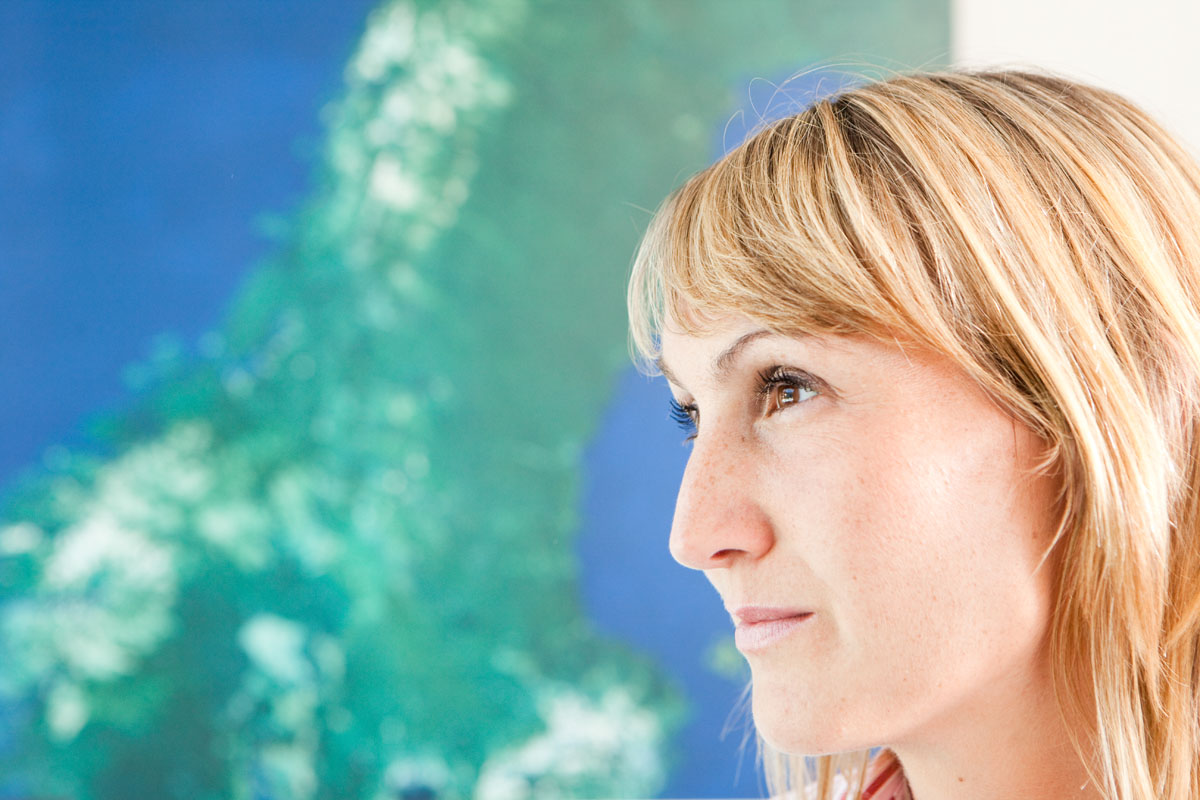Legacy and achievements of the three-year-long Earth Observation user engagement of the Horizon 2020 FIRE project
- Posted on: 28 Feb 2023
- By : FIRE Forum
- Categories : Media, News, Press Release
- Comments Off on Legacy and achievements of the three-year-long Earth Observation user engagement of the Horizon 2020 FIRE project
Quick access:
The FIRE project team thanks all involved stakeholders who allowed to successfully achieve the project’s aim to build a strong community and a well-defined process which have been crucial in delivering the strategic research and innovation roadmap. The roadmap has been disseminated and is already inspiring the workflow of both EO and non-EO stakeholders. Moreover, the community created by the project and enriched due to the engagement of the seven FIRE sector leads and the seven ‘EO Evangelists’, has become self-aware of its great value and potential and will be maintained beyond the project’s lifetime. Similarly, various aspects of the methodology designed by FIRE will continue to be applied in the future.
User engagement – FIRE Focus Groups, FIRE Forum events and the ‘EO Evangelists’ programme
FIRE animated and encouraged the exchange of the community with multiple tools, notably by organising two rounds of FIRE Focus Group discussions and three FIRE Fora events. Crucial to the success of these interactions was the commitment of the so-called ‘sector leads’ – organisations with extensive networks, ties, knowledge and experience within FIRE focus sectors. Throughout the 3 years, FIRE partnered with 7 sector leads: COPA-COGECA (agriculture), EIT Raw Materials (raw materials), Pôle Mer Bretagne Atlantique and Centre national d’études spatiales – CNES (marine), Vital Infrastructure Arena – VIA (infrastructure), SMURBS (urban development), and WindEurope (wind energy). In total, during the two rounds of six Focus Group discussions (Autumn 2020 and Winter 2022) FIRE gathered the needs of 147 industry experts from 18 European countries.
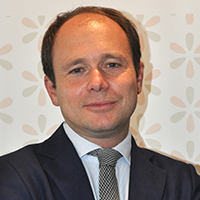
Each workshop round was followed by a larger event in a conference format – the FIRE Forum event. Each forum gathered around 400-500 industry professionals, Earth Observation experts and policy and market development executives. In total, three FIRE Fora events (June 2021, June 2022, and February 2023) were organised, attracting 2137 registrants and effectively bringing together 103 speakers and moderators, and 1347 attendees.
To bridge the gap between the Earth Observation and target sector communities, FIRE also designed a novel ‘EO Evangelist’ programme. The seven impactful, motivated storytellers were selected as a result of an open call recruitment procedure. They promoted the global benefits of EO in a way that resonated with their target audiences and the general public, using various means to this end – video messages, written articles, social media posts etc. Overall, EO Evangelists promoted EO benefits, the FIRE project and benefitted from exchange with the industries at more than 12 events.

The long-term impact and legacy of FIRE and the FIRE Roadmap
The main outcome of the project and the most tangible result of the consultations and activities described above is the FIRE Roadmap. FIRE Roadmap is an analytical document consisting of a roadmap for each sector and a detailed chapter for transversal challenges. The Roadmap as well as the way forward were the main topics of the FIRE Forum 2023.
FIRE had a significant strategic impact due to the importance of such cross-sectoral activities bringing the EO community together with non-EO actors, therefore helping to bridge the disconnect between the supply and the demand side of the EO market. Moreover, FIRE provided the platform for converging perspectives of different communities from these sectors – practitioners, researchers, policy makers, and industry representatives. The results of these discussions, exchanges and building of understanding of each other’s priorities, challenges and capabilities will influence the future work and results of all the involved parties.
FIRE’s success highlighted the need to pursue these stakeholder matchmaking efforts in the future, as the benefits for further EO uptake and return on investment in the EO technology are important. Actors involved in the project have already committed to continuing the collaboration, while FIRE methodology will be potentially reproduced in other sectors in the future. Concretely, multiple elements or outputs of FIRE will be continuously utilized, namely, the FIRE Roadmap and the set of sectoral videos, as well as the EO Evangelists programme and concept. The overall success of the project and its sustainability activities, in particular, have served as a catalyst for the consortium to maintain their support for the FIRE ecosystem and explore avenues to capitalize on the project’s accomplishments in the future.
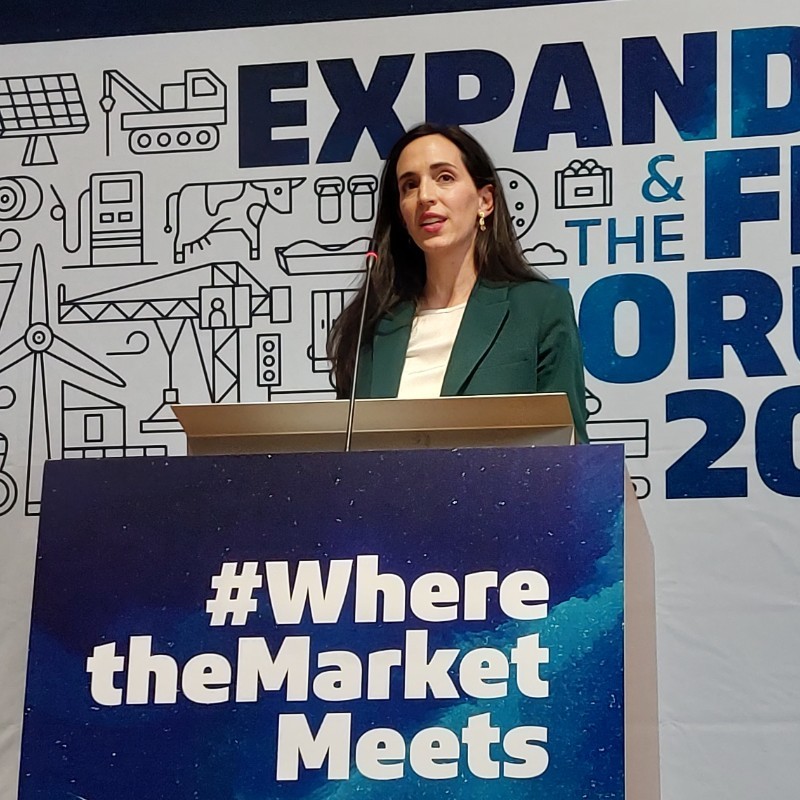
Overall, FIRE has contributed its share to ensuring that the society and economy can benefit the most from the added value brought by remote sensing technologies. EO has been recognised to help reach European Green Deal objectives and enhance the scientific understanding of the Earth and other crucial aspects. Complemented by rapidly advancing technologies, EO transversal opportunities are only expected to grow in the future.
Testimonies: FIRE sector leads

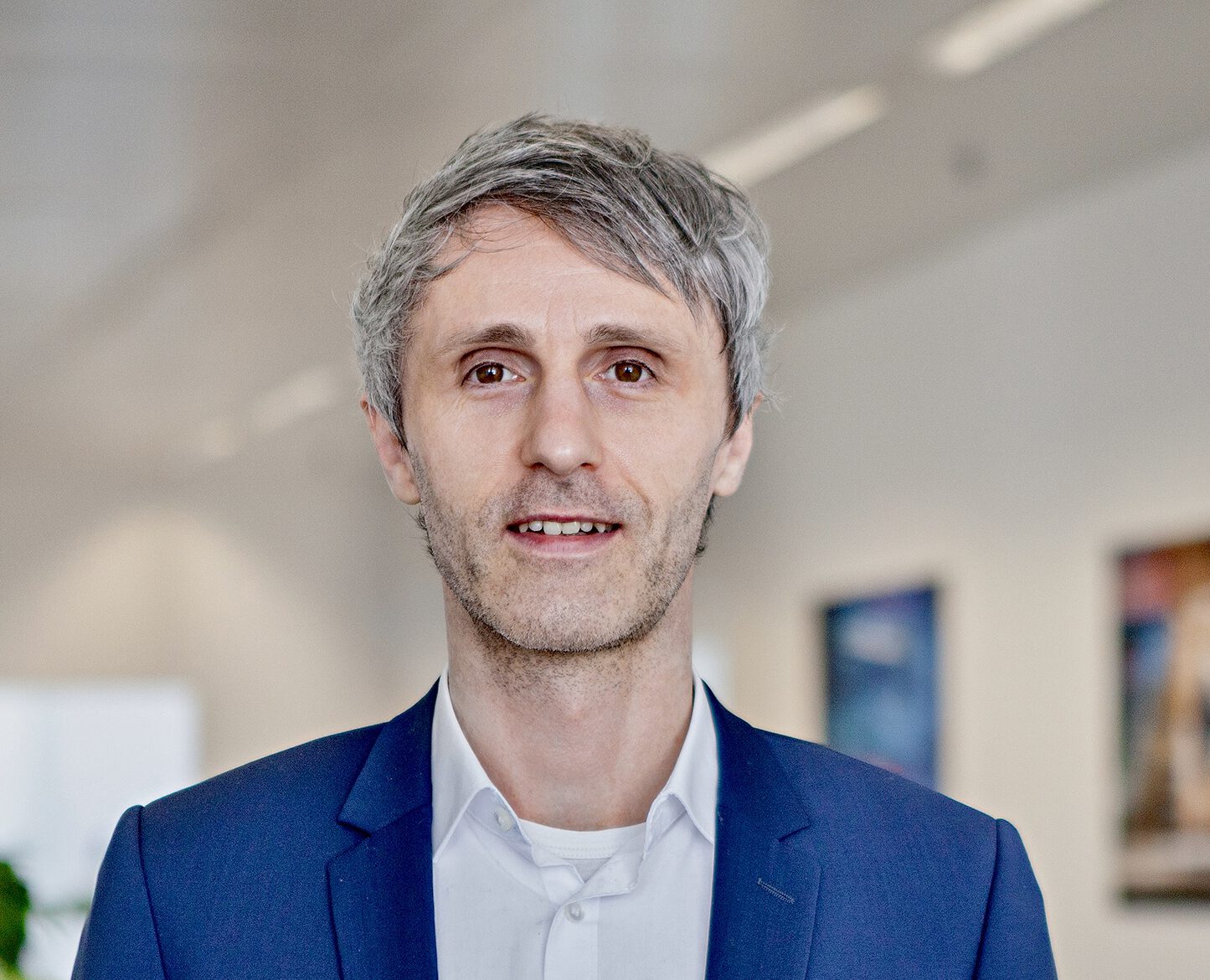
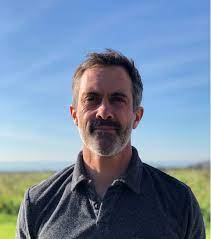

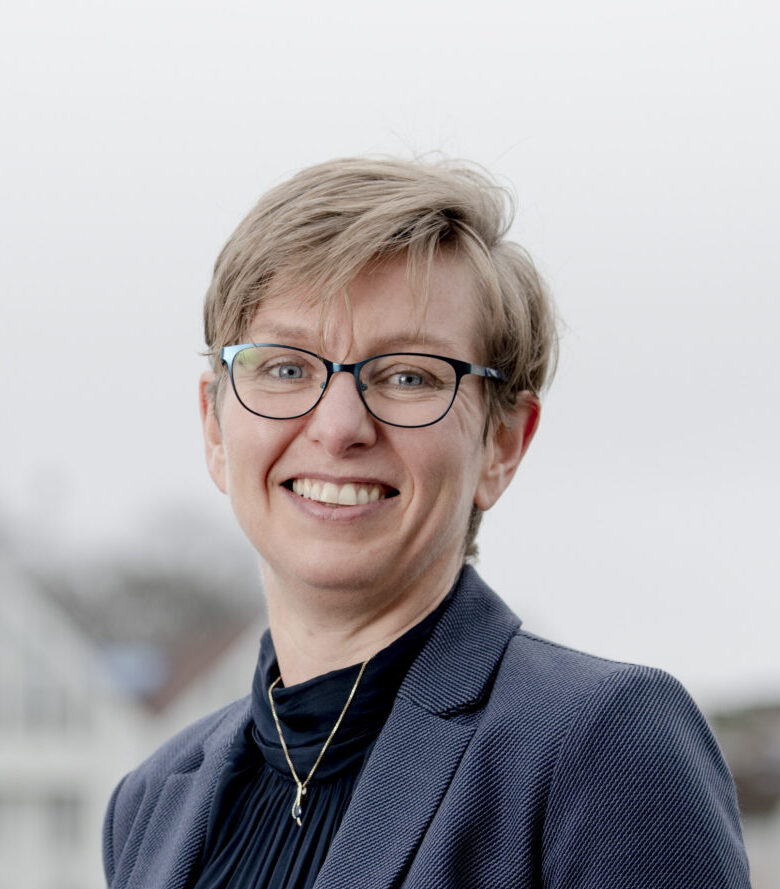
Testimonies: FIRE EO Evangelists
